Why is flower jaundice dangerous and how to protect plants from it?
One of the viral diseases affecting cultivated plants is flower jaundice. The disease is dangerous for representatives of cruciferous, umbrella, Gesneriaceae, Noricum, Solanaceae, Buttercup, Buckwheat Haze, Compositae crops - more than 200 species. The virus Leptomo tropus callistephi causes flower jaundice. Chemical drugs are ineffective in the fight against this disease. The main focus should be on preventive measures.
Disease symptoms
In the garden, jaundice affects many ornamental plants. The list of the most vulnerable crops:
- chrysanthemums;
- delphinium;
- aquilegia;
- marigold;
- zinnia;
- marigold;
- phlox.
Jaundice develops quickly and after a week passes into an advanced stage. Its distinguishing feature is yellowness on the leaves. Chlorosis begins to manifest itself initially on young leaves. The tissue of the leaf plates turns yellow, while the veins remain green. Soon, the foliage completely loses its pigment and becomes almost white. In addition, other symptoms are characteristic of the disease:
- the growth of the main stem stops;
- the plant begins to branch excessively;
- when the buds open, deformed flowers are found;
- zones of dead tissue appear in different parts of the stem;
- young shoots are not colored, and subsequently turn yellow;
- leaves become brittle, curl, curliness occurs;
- the plant does not set seeds.
The carriers of flower jaundice are sucking insects:
- cicadas,
- thrips,
- aphid.
Many weeds belong to the reserves of Leptomo tropus callistephi.
Unfortunately, the virus is constantly being modified and infects new cultures. Breeders today are working to develop varieties of plants that are resistant to jaundice.
Preventive actions
Since flower jaundice is not cured, plants with signs of damage are plucked out and destroyed by burning. It is necessary to maintain cleanliness and order on the site, remove all plant residues in a timely manner, weed weeds regularly.
The virus can multiply only in living cells, but it can survive in plant debris and soil for many years. Most often, the causative agents of jaundice get on cultivated plants from dandelion, plantain, sow thistle.
Garden tools must be cleaned and disinfected regularly. For disinfection, it is enough to wipe it with a small piece of cloth soaked in alcohol.
To combat insect pests, industrial insecticides are used:
- Biotlin;
- Tanrek;
- "Confidor";
- "Warrant";
- "Bison".
The drugs are used according to the instructions. The treatment is carried out in cloudy calm weather using personal protective equipment.
The rain that has passed shortly after spraying washes away the preparation, in this case it will be necessary to repeat the procedure.
If you follow agricultural techniques, keep the site clean, and fight pests at the first signs of infection, then the risk of developing flower jaundice will be minimized. It is also necessary to regularly inspect the plantings in order to detect the disease at the earliest stage. This will allow you to get rid of the affected specimen in time, while maintaining the health of the rest of the plants.
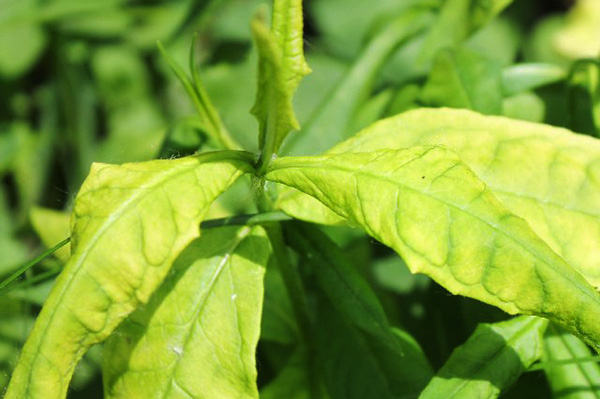
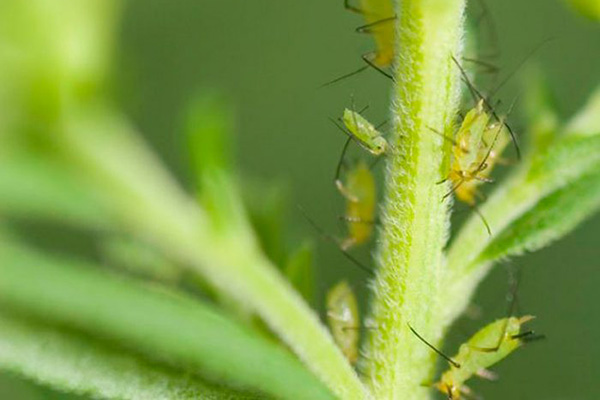
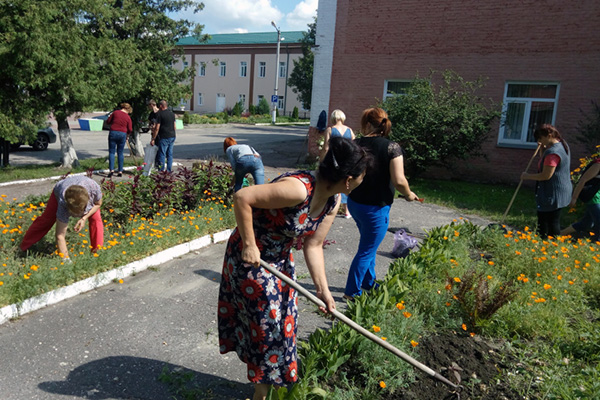
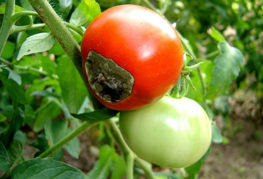
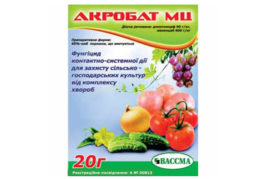
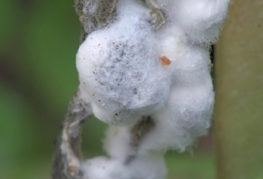
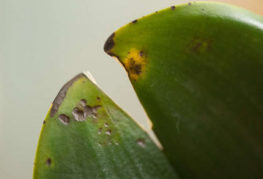
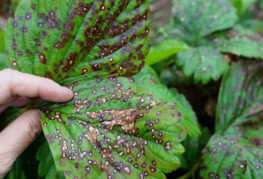
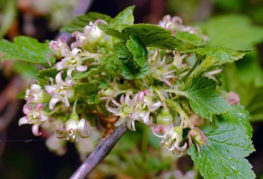
and will be published shortly.